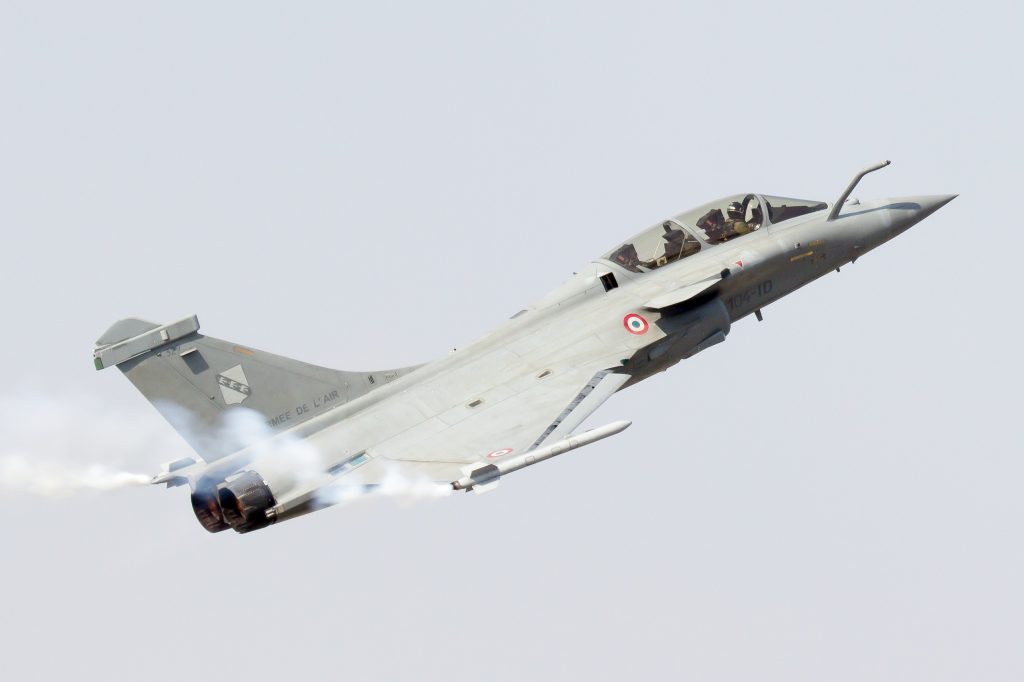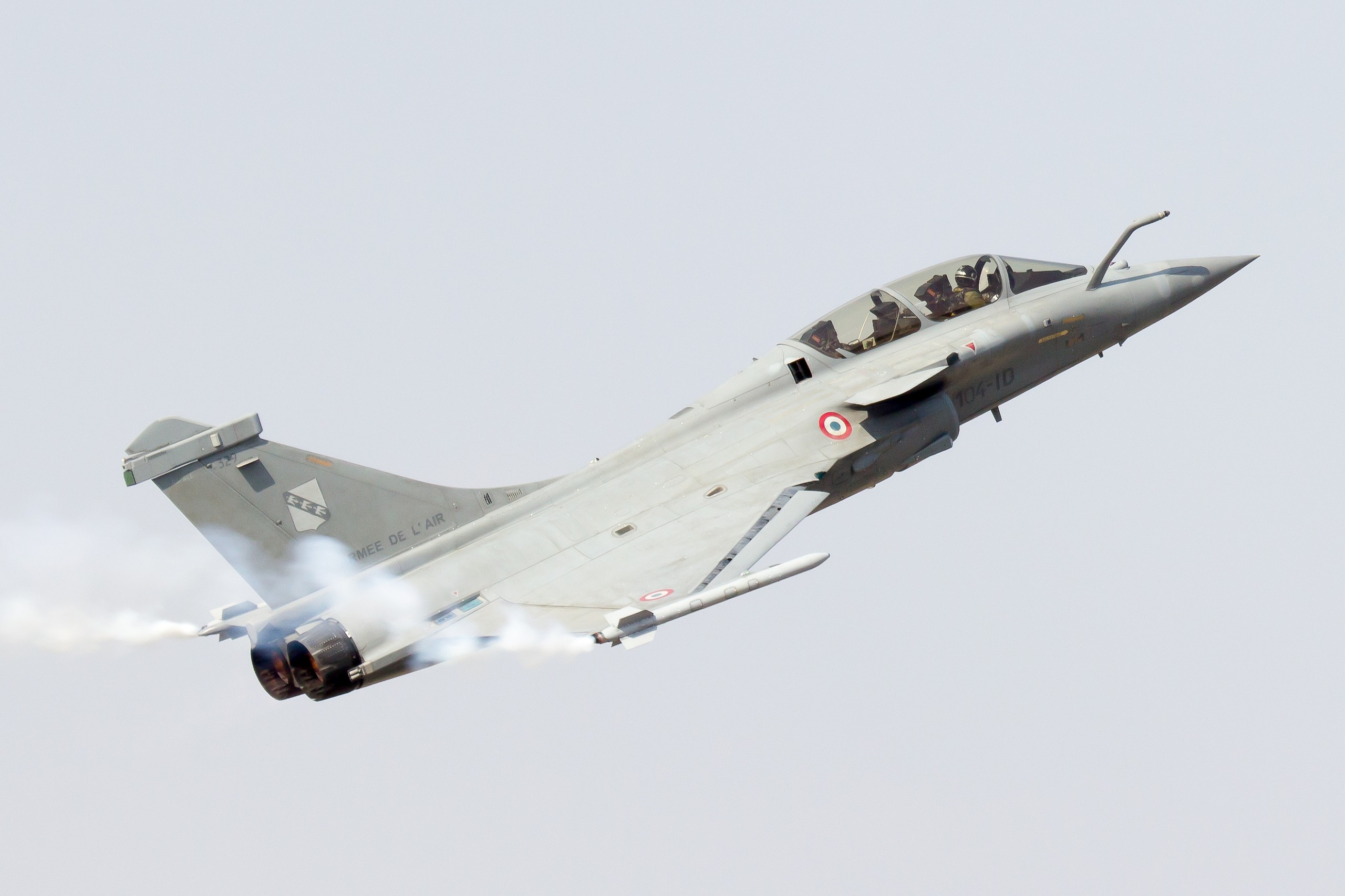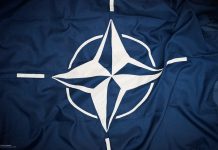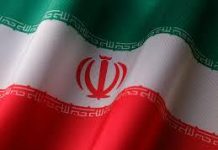
Egypt is reportedly in advanced negotiations with France to procure an additional batch of Dassault Rafale fighter jets, according to defense intelligence outlet Tactical Report. If confirmed, the deal could considerably enhance Egypt’s aerial combat capabilities.
A key element under discussion is a potential technology transfer arrangement that would allow Egypt to domestically produce select Rafale components—marking a significant shift in its defense manufacturing ambitions. Neither Cairo nor Paris has officially confirmed the talks, but the implications could be far-reaching.
The rumored deal coincides with increasing speculation that Egypt is evaluating other fighter jet options, particularly China’s Chengdu J-10C. This development reflects Cairo’s complex balancing act between Western and Eastern defense suppliers as it looks to modernize and diversify its air fleet.
Although no official agreements have been signed, the discussions highlight Egypt’s strategic intent to revamp its aging air assets and gain greater self-sufficiency in a region fraught with security challenges.
The Rafale, designed by France’s Dassault Aviation, is a twin-engine, multirole fighter capable of speeds up to Mach 1.8 and a combat range beyond 1,850 km. Its capabilities include the RBE2-AA AESA radar and the SPECTRA electronic warfare system, providing all-around threat detection and countermeasures such as radar jammers and decoy systems.
With 14 hardpoints, the Rafale can carry over nine tons of armaments, ranging from Meteor beyond-visual-range missiles and MICA short-range missiles to SCALP cruise missiles and AASM Hammer precision bombs. Its “omnirole” design supports air superiority, reconnaissance, ground attacks, maritime strikes, and nuclear deterrence missions. Since 2001, the jet has been deployed in combat operations in Afghanistan, Libya, Mali, and Syria.
Egypt already operates 54 Rafales, acquired in two separate deals—24 jets in 2015 and another 30 in 2021. These aircraft, based at Gebel el-Basur and assigned to the 203rd Tactical Fighter Wing, have become essential to Egypt’s military strategy. The jets saw action in Libya in 2017 during strikes against ISIS positions. By early 2023, Egypt had surpassed 10,000 operational flight hours with its Rafale fleet—the first export customer to do so, per Army Recognition.
The potential new procurement, still under wraps in terms of quantity, may expand Egypt’s Rafale fleet even further. Of particular interest is the proposed technology transfer, which could permit domestic manufacturing of components such as airframe parts or electronic systems. This would reduce Egypt’s reliance on French logistical and technical support and strengthen its local defense industry.
Egypt has long pursued a strategy of supply chain diversification in response to political and operational constraints. A notable example is the U.S. withholding of AIM-120 AMRAAM missiles due to regional security concerns, as noted in a 2024 Chatham House report. Similarly, France did not include the long-range Meteor missile in its 2021 Rafale delivery, opting instead for the shorter-range MICA.
Such limitations have pushed Egypt to consider alternative suppliers and invest in domestic production. A local manufacturing deal with France could help Egypt develop the technical know-how to maintain—and eventually upgrade—its Rafale fleet independently.
At the same time, rumors persist that Egypt is seriously evaluating China’s J-10C fighter. These reports gained momentum following the aircraft’s display at the 2024 Egypt International Air Show and its role in the April 2025 “Eagles of Civilization” joint drills, where an Egyptian pilot was seen flying a J-10S trainer, according to Aero News Journal.
China’s Ministry of Defense denied any formal agreement in March 2025, with a spokesperson dismissing the reports as “entirely false,” per Military Africa. Still, the speculation is buoyed by Egypt’s increasing ties with China, including its BRICS membership and recent high-level military meetings.
The J-10C is powered by the domestically produced WS-10B engine, capable of speeds up to Mach 1.8 and an operational range near 2,000 km with external fuel. It features an AESA radar (likely a KLJ-10 variant) and carries the long-range PL-15 missile and the infrared-guided PL-10.
With stealth-enhancing features like radar-absorbent materials and a diverterless supersonic inlet, the J-10C offers reduced radar visibility, although it does not match the stealth capabilities of fifth-generation aircraft like the F-35. Priced at approximately $40–50 million per unit, the J-10C is more affordable than the Rafale, which exceeds $100 million, according to GlobalData.
Pakistan, the only known export customer of the J-10C, acquired 25 units in 2022 to counter India’s Rafale fleet. Reports suggest the J-10C demonstrated effective performance in a May 2025 skirmish with India, including possible Rafale shootdowns, although these claims remain unverified. U.S. intelligence sources cited by Wikipedia support the idea of J-10C involvement, but evidence such as wreckage or combat data has yet to be produced, per the International Institute for Strategic Studies.
For Egypt, interest in the J-10C aligns with its broader goal of reducing dependence on Western arms suppliers. The country operates a mix of platforms: over 200 F-16s from the U.S., 46 Russian MiG-29Ms, and a now-canceled order of Su-35s, shelved due to U.S. pressure and the fallout from the Russia-Ukraine war. Maintenance of the MiGs has also suffered due to sanctions.
The J-10C’s low cost and relative autonomy from political strings make it a compelling option. However, integrating it into Egypt’s existing fleet—which includes American, Russian, and French aircraft—would pose logistical and operational challenges due to differing maintenance protocols, communication systems, and armament standards.
Cairo’s moves raise strategic questions. Is it leveraging Chinese offers to negotiate better terms with France, or does it genuinely seek a diversified fleet to meet a range of mission requirements? The Rafale’s high-end capabilities suit complex operations, while the J-10C may serve as a cost-effective replacement for older F-16s.
The proposed technology transfer with France hints at Egypt’s preference for long-term cooperation with a trusted partner. Yet, any shift toward Chinese aircraft could signal dissatisfaction with Western restrictions—echoing the 2013 U.S. aid freeze following President Morsi’s ouster.
Egypt’s air force has emphasized aerial strength since the 1967 Six-Day War, when Israeli strikes devastated its fleet. Since then, Egypt has invested heavily in air superiority to counter insurgencies and regional tensions with Libya and Sudan. Rafales have already proven their value in operations over Sinai, and the J-10C—if procured—could support Egypt’s defense posture with a more economical platform.
However, the J-10C’s limited export history and unproven reliability in Egyptian conditions make it a less certain bet compared to the battle-tested Rafale.
Strategically, Egypt’s procurement decisions will reverberate across the region. Israeli officials have voiced concern over a potential J-10C deal, particularly the PL-15’s long range, which could challenge Israel’s air dominance. Meanwhile, Turkey’s modern F-16s and Algeria’s Su-30 fleet add to the competitive dynamics.
Egypt may also be eyeing a third path. In April 2025, Monitor reported that Cairo is exploring the South Korean FA-50, with talks for up to 100 units and potential local production. The FA-50, priced around $30 million, is a light fighter with Israeli radar systems, offering compatibility with Western hardware.
This suggests Egypt is keeping its options open, possibly to avoid overcommitment to either Chinese or French suppliers. While the FA-50 may not offer the firepower of the Rafale, it could integrate more seamlessly with existing systems and fill specific tactical roles.
Ultimately, Egypt’s pursuit of new aircraft mirrors a global shift toward versatile platforms that can handle diverse mission sets. The Rafale’s track record and Egypt’s existing infrastructure make it a logical choice for high-end missions. The J-10C, meanwhile, represents a lower-cost alternative with fewer political entanglements.
Whether Egypt deepens its ties with France, pivots toward China, or hedges with multiple suppliers like South Korea, the decision will reshape its air force for years to come—and influence regional military balances in the process.





